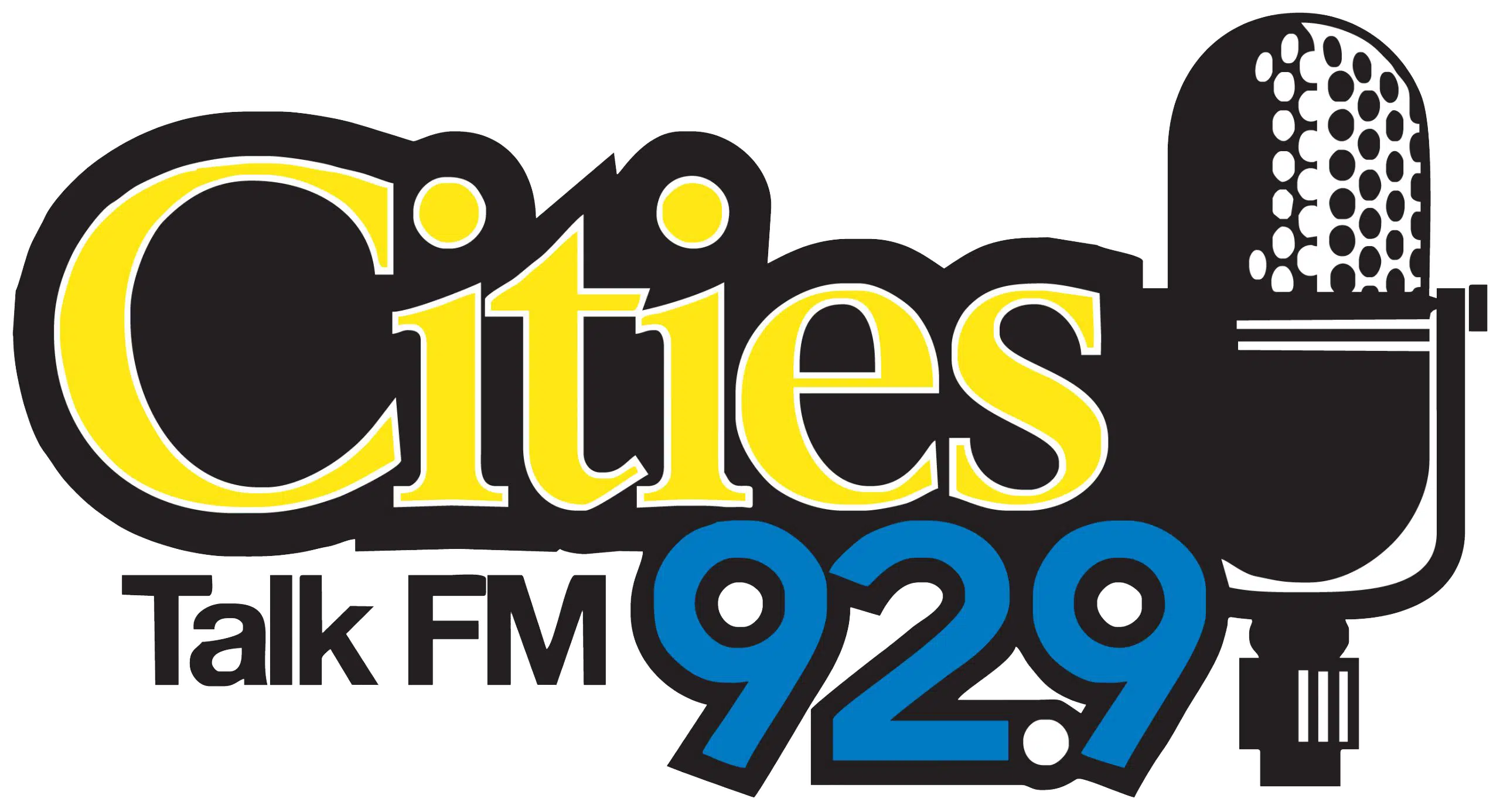(The Center Square) – A new, more “equitable” higher education funding formula being discussed at the Illinois statehouse would transfer student costs such as tuition to taxpayers.
“Equitable funding formula for higher education” was the subject matter of a hearing in Springfield of the Illinois House Appropriation-Higher Education Committee.
The proposed new formula for the state’s taxpayer-funded colleges and universities ran into some resistance in the Illinois Senate with some arguing it could run afoul of discrimination laws. More concerns arose in the House.
State Rep. Paul Jacobs, R-Pomona, said college-aged students are leaving the state because the universities aren’t attractive.
“I don’t think there’s anything in this [new formula] in the first three years that’s going to account for the cliff. I don’t think there’s really anything that’s making our schools much more attractive. I don’t know if money is the reason,” said Jacobs. “Money isn’t always the answer.”
Jacobs said he is concerned that the Illinois student population is perceiving they can’t get an education in Illinois. Out of Jacobs’ five college-aged grandchildren, only one decided to stay in the state to receive an education.
Over half of Illinois students planning to go to a four-year college choose to attend an out-of-state school, and the majority go to schools in neighboring states.
The Illinois Workforce and Education Research Collaborative surveyed 1,200 high school seniors who planned on going to a four-year college. Overall, there were four main factors students considered: cost, location, academic reputation and social environment. Next to cost, students said academic reputation and social environment played a role in their decision to leave the state.
State Rep. Carol Ammons, D-Urbana, said the reason students are leaving Illinois for out-of-state schools is because tuition is too high. Ammons serves as the co-chair of the Commission on Equitable Public University Funding.
The commission, created by law in 2021, released a report that finds an additional $100 million to $135 million annually to public universities would allow the state to bridge a reported funding gap in 10 to 15 years. The commission said in total, universities are underfunded by $1.4 billion.
The commission is made up of legislators and higher education officials.
“It is very difficult for families to be able to afford to pay,” Ammons said. “This out-of-pocket cost is huge, but the reality is it’s expensive. I think the universities are doing an amazing job addressing the issues of students leaving the state for different reasons. We can do more as we look at how we have funded higher education in the past. We saw a presentation on how well the K-12 [evidence based funding] is working. We don’t tell those schools what to do with the money but we track the outcomes and the outcomes in EBF have shown us that it works.”
Former Gov. Bruce Rauner signed into law the Evidence-Based Funding for Student Success Act on Aug. 31, 2017. It applies to K-12 schools. In 2023, there were 67 Illinois K-12 schools where not a single student tested was proficient in math and 32 schools where no student tested was proficient in reading, according to Wirepoints.
Concerns around Title IX also came up in the House.
State Rep. Dan Swanson, R-Alpha, asked university officials in attendance at the hearing how many dollars they receive in federal taxpayer funds, because they could be taken if the formula is deemed in violation of the Civil Rights Act.
“How many dollars do you receive in federal funds?” Swanson asked of the university officials in attendance at the hearing. “If this goes to courts and we have a Title IX violation, we are subjected to lose those federal dollars. What potential losses are there?”
Page 25 of the commission’s report shows the numbers for one of the equity adjustments in the new funding formula. This formula values a Black student at $6,000, a Latino student at $4,000 and a rural student at $2,000. Opponents say this incentivizes universities to admit students based on race. The U.S. Department of Education’s Office of Civil Rights website says “state school districts and schools must not intentionally treat students differently based upon race, color and national origin in providing educational resources.”
Swanson raised concerns about a new funding formula that seeks to shift the cost of attending a public university away from students and onto state taxpayers.
The formula doesn’t take into account the net tuition universities receive.
Center for Tax and Budget Accountability Executive Director Ralph Martire explained the new funding formula seeks to shift the costs away from students, with state taxpayers taking on the responsibility for paying tuition costs.
“The net tuition really isn’t what we’re getting at when we’re looking at that equitable share calculation,” said Martire. “What we’re looking at is creating a vehicle within the formula that over time will assign more of the responsibility for funding the cost of attending a public university away from tuition and fees and to the state.”
Swanson said he’s wrestling with the idea that the new formula seeks to shift the cost on a student’s tuition and putting the cost on the Illinois taxpayer.
“We are referring to the Illinois taxpayers when you say, ‘state,’” said Swanson.










